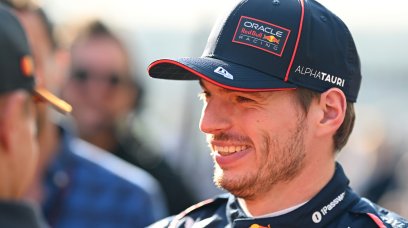Yesterday we defined the SF23 as a disguised revolution, considering the numerous details that indicate how much the original concept of the 2022 single-seater has been taken to the extreme in the current one. Looking at the W14, we had a completely different reaction to it. Meaning that although there are visible and even tangible differences between the W14 and the W13, these do not appear to be the result of taking concepts to the extreme. For Ferrari, the Maranello technicians started from a strong base performance, which proved to be successful during the past season, but at the same time developments to maximise the potential was still sought after. For the W13, the situation was totally different. In fact, last season's Mercedes proved to be a car from which it was difficult to extract the performance that was only seen in the simulations.
In essence, when approaching the W14 project, the Brackley engineers could not think of taking the previous concepts to extremes, but only once they understood the reasons for the W13's lack of competitiveness, they could find the correctives. We therefore can say that the choice to remain faithful to the 'zero pods' concept of the W13 was an obligatory choice, or at least the most rational one to follow. In practice, if it had been decided to abandon this concept, for example to move to a 'Red Bull concept', it would mean to start from scratch, completely cancelling the work carried out in 2022 make the previous concept work. The choice to continue, with the sidepods reduced to a minimum, albeit with a different profile of the inlets (now perfectly rectangular and no longer pyramidal) represented continuity, in favour of a reduction in learning times for the dynamics of this model.
The differences that are found, although they may seem marked in some areas, such as that of the engine hood, are in fact collateral. In terms of suspension, the previous status quo was maintained without any particular note of differentiation. It is therefore obvious, as with all the cars, that the major differences can be hidden on the bottom which, as is well known, is the area where 70 percent of the car's performance depends. Nonetheless, it seems correct to reiterate that if we made a direct comparison between Ferraris and Mercedes and we had to establish which of the two cars in our opinion constitutes a radical evolution of the previous one, we would have no doubts: the SF-23. Mercedes could not experiment and try radical solutions, starting from a situation that was anything but competitive, despite the one-two finish in Brazil. In short, for now, there are no special areas of the car.
Most read






